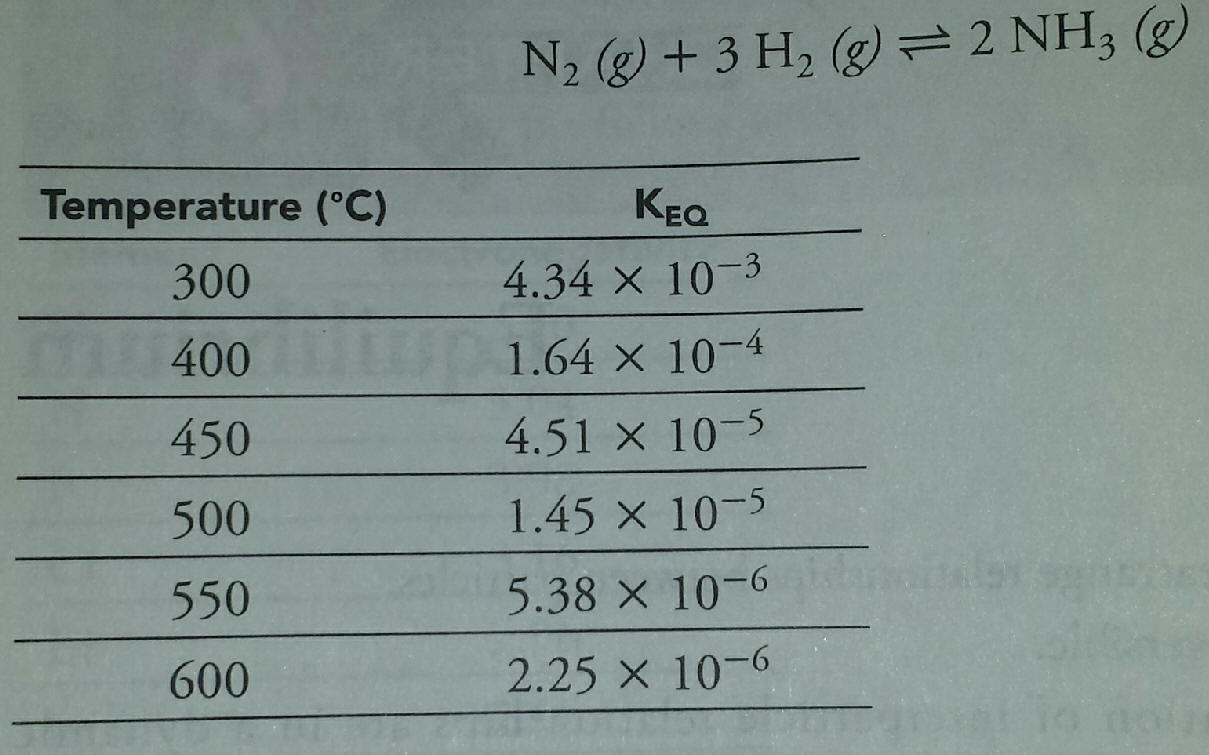
Journal Entry:

At 500ºC,
3 moles each of N2(g), H2(g) and NH3(g) are
combined in a 3 L container. Which of the following will occur as the system
moves toward equilibrium?
(A) More N2(g) + 3 H2(g) will form
(B) More NH3(g) will form
(C) The total pressure will decrease.
(D) No net reaction will occur.
Learning Intentions
We will learn how to determine if a reaction is in equilibrium.
We will learn how to calculate K for a reaction in equilibrium.
We will learn what Q is for a reversible reaction and how it is calculated.
We will be able to use K to determine whether their are more products or reactants at equilibrium.
We will learn how to use ICE to determine variables in the equilibrium expression.
We will learn how to determine equilibrium constants when you add or combine equations.
Closing Task:
You can use ICE to determine concentrations of substances in equation for equilibrium expressions.
Content Standards being covered:
In many classes of reactions, it is important to consider both the forward and reverse reactions. (E.K. 6.A.1)
The current state of a system undergoing a reversible reaction can be characterized by the extent to which reactants have been converted to products. The relative quantities of reaction components are quantitatively described by the reaction quotients, Q. (E.K. 6.A.2)
When a system is at equilibrium, all macroscopic variables, such as concentration, partial pressures, and temperature, do not change over time. Equilibrium results from an equality between the rates of the forward and reverse reactions, at which point Q=K. (E.K. 6.A.3)
The magnitude of the equilibrium constant, K, can be used to determine whether the equilibrium lies toward the reactant side or product side. (E.K. 6.A.4)